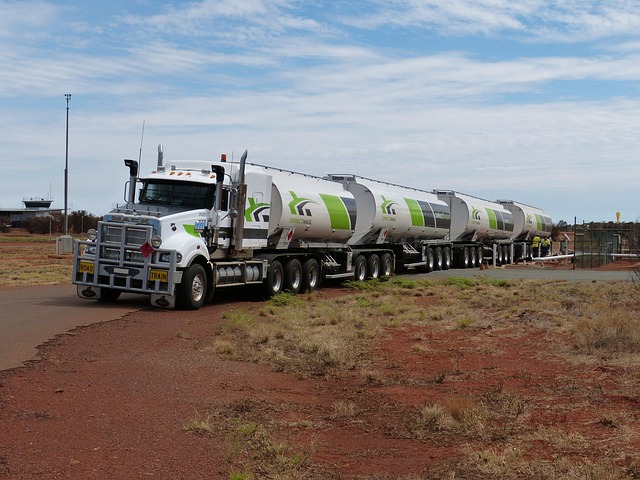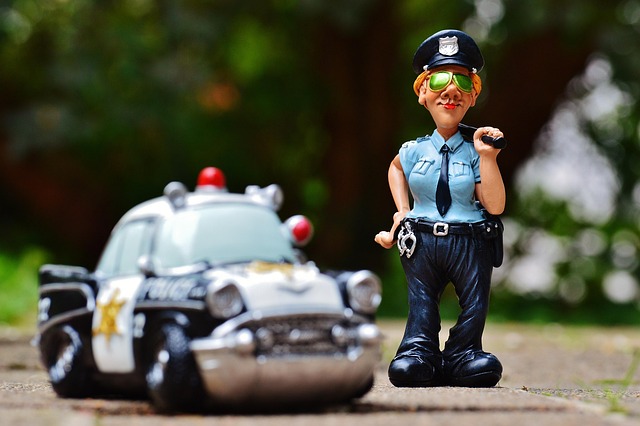Looking to register your car in California? This comprehensive guide breaks down the process step-by-step. From understanding key requirements to gathering essential documents, you’ll learn how to navigate the California DMV efficiently. A crucial step is the DVW (DMV) VIN verification, ensuring your vehicle’s authenticity. We provide a detailed guide on this process. By following these steps, from application submission to receiving your registration certificate, you’ll be legally registered in no time.
- Understand California Car Registration Requirements
- Gather Necessary Documents for DMV Visit
- Perform VIN Verification: Step-by-Step Guide
- Complete Application and Submit Fees at DMV
- Receive Your Vehicle Registration Certificate
Understand California Car Registration Requirements

Before registering your car in California, it’s crucial to understand the state’s specific requirements. The California Department of Motor Vehicles (DMV) mandates several steps and verifications for a successful registration. One essential component is the Vehicle Identification Number (VIN) verification process. This involves ensuring that the vehicle’s VIN matches the details in the manufacturer’s records.
A mobile vin verifier or mobile vin inspection service can be particularly useful in this regard, as it allows you to complete this step conveniently. These services utilize advanced technology to perform a thorough VIN check, verifying crucial information such as the vehicle’s make, model, year, and even history of ownership. By ensuring your car meets all these criteria, you’re well on your way to a seamless registration process at the DMV.
Gather Necessary Documents for DMV Visit

Before visiting the DMV, make sure to gather all the essential documents required for car registration. This includes your vehicle’s registration certificate from the previous state, a valid driver’s license, proof of insurance, and identification documents such as a passport or state-issued ID. Additionally, you’ll need to provide a completed application form for vehicle registration, which can be obtained from the California DMV website.
A key step in this process is ensuring your vehicle passes a DVV (Department of Motor Vehicles) vin verification inspection. This involves checking the Vehicle Identification Number (VIN) for any discrepancies and confirming its authenticity. You can facilitate this with a mobile vin inspection service, which offers convenience by coming to your location for a quick and efficient check. Alternatively, some DMV locations provide on-site vin inspection services, making it easier to complete this requirement before submitting your registration application.
Perform VIN Verification: Step-by-Step Guide

Performing a Vehicle Identification Number (VIN) verification is a crucial step in the car registration process in California. This procedure ensures that the vehicle’s history is checked, and it matches the information provided by the owner. The Department of Motor Vehicles (DMV) requires this to prevent fraud and ensure road safety. Here’s a simple, step-by-step guide on how to conduct a VIN verification:
1. Obtain the Vehicle’s VIN: Locate the 17-character unique identifier usually found on the vehicle’s driver-side door frame or in the engine bay. You can also check it on official DMV documents like registration papers or insurance cards.
2. Use a Mobile VIN Verifier: For convenience, many people opt for a mobile VIN verifier app or service. These tools connect to the internet and cross-check the VIN against national databases to provide detailed vehicle history information. This method is fast and can be done from the comfort of your home or even while you’re at the DMV.
3. Check with the DMV: You can also perform a basic VIN inspection yourself by visiting a local DMV office. They may have resources or staff who can help cross-verify the VIN against their records.
4. Review Results: Compare any information provided by the verifier or DMV with your vehicle’s documents to ensure they match. If discrepancies are found, address them before proceeding with registration.
Complete Application and Submit Fees at DMV

After gathering all the necessary documents and ensuring your vehicle meets California’s requirements, it’s time to complete the application process at the DMV. You’ll need to fill out Form DV405, which is the Application for Title and Registration. This form requires detailed information about your vehicle, including its make, model, year, and unique Vehicle Identification Number (VIN). During this step, you’ll also be responsible for submitting all required fees, ensuring a smooth transition to official car registration in California.
One crucial aspect of the application process is undergoing a DMV VIN verification. This involves ensuring that your vehicle’s VIN is accurate and matches the records on file. You can do this through various means, including traditional visits to a DMV office or, for added convenience, utilizing mobile vin inspection services that offer remote verifications. These options, such as a mobile vin verifier, allow you to complete this step from the comfort of your home, streamlining the registration process even further.
Receive Your Vehicle Registration Certificate

After completing your vehicle’s registration application at the DMV or online, the next step is to receive your Vehicle Registration Certificate (VRC). This certificate is a crucial document that confirms your car’s legal status and ownership in California. Once submitted, you should expect to get your VRC within a few business days.
To ensure everything is in order, it’s recommended to utilize a mobile vin inspection or mobile vin verifier service, which can help verify your Vehicle Identification Number (VIN) through the DMV database. This process ensures accuracy and saves time by eliminating the need for an in-person visit. With just a few simple steps, you can confirm your vehicle’s registration status and receive your VRC faster.
Registering a car in California involves understanding specific requirements, gathering essential documents, and successfully completing the DMV process. By following our step-by-step guide, including performing a DMV VIN verification, you’ll be well on your way to securing your vehicle’s registration. Remember to keep your vehicle registration certificate safe for future reference and proof of ownership.
